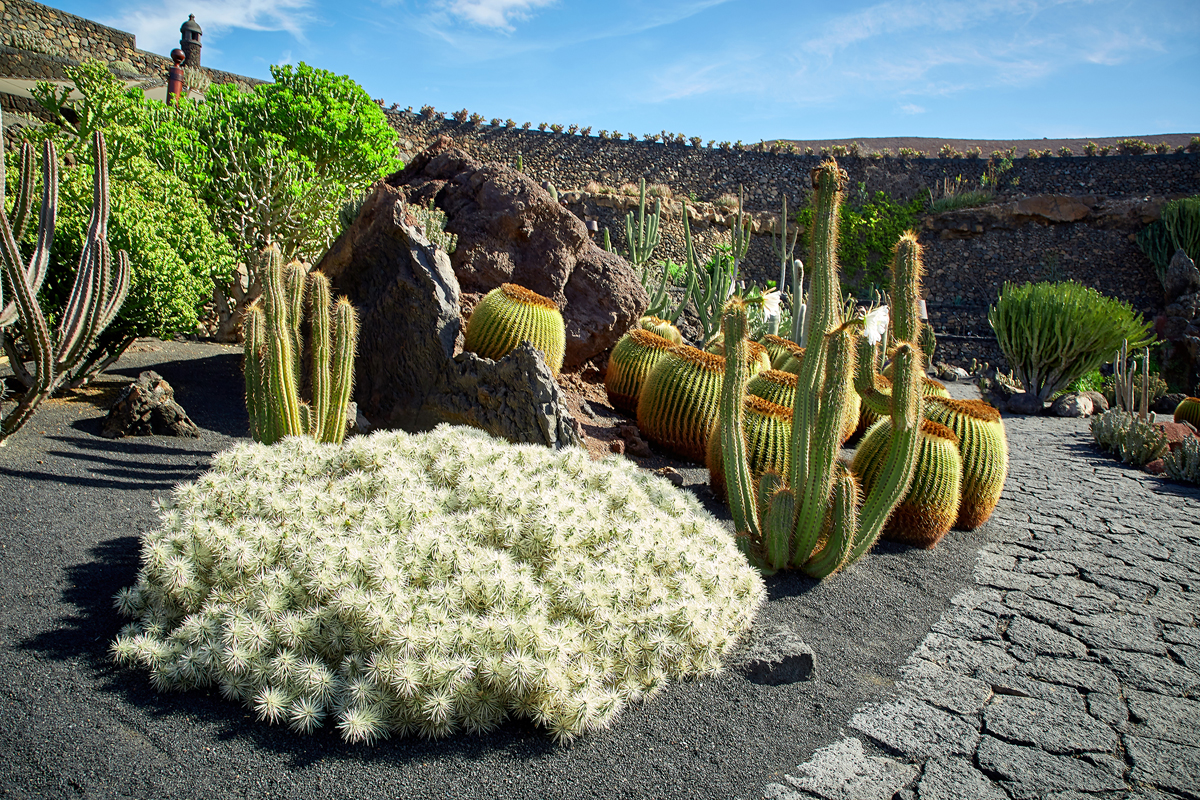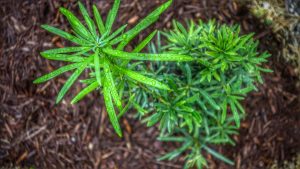What Is Xeriscaping?
Xeriscaping is one of the most popular ways to landscape in the Southwest, and it’s easy to see why. As water bills go up, dry seasons get longer, and desert flora are so beautiful, more and more people are choosing landscapes that are both beautiful and good for the environment. But what is xeriscaping, really?

What Is Xeriscaping?
Xeriscaping is a way of landscaping that cuts down on or gets rid of the requirement for extra watering. Read on to learn more.
The Main Ideas Behind Xeriscaping
1. Saving water
Using water properly is the most important part of xeriscaping. This involves picking plants that don’t need a lot of water to live and making sure that every drop of water is used well in the landscape.
2. Making the soil better
Plants that can survive without water grow better in healthy soil. Compost and mulch are examples of amendments that help plants stay healthy and hold onto moisture better.
3. Carefully choosing plants
Xeriscaping is all about plants that are native to the area and can live in the desert, like:
- Agave
- Yucca
- Marigold in the desert
- Red yucca
- Palo verde
Different types of sage
These plants do well in Arizona’s environment, so they don’t need much water or care.
4. Watering that works well
Drip irrigation systems are really crucial for xeriscaping because water is sent straight to the roots of plants. You can automate a lot of things to make sure plants get the proper amount of water.
5. Using mulch to keep moisture in
Gravel, decomposed granite, or organic mulch keeps the soil cool, stops weeds from growing, and cuts down on evaporation. Mulch also makes xeriscape designs look clean and natural.
6. Smaller areas of grass
You need to water and care for grass lawns a lot. Xeriscaping replaces most (or all) of the grass with beautiful rock, hardy groundcovers, or desert plants. This cuts down on the amount of water needed by a lot.
Why Xeriscaping Is Perfect for Arizona
1. Water bills become Lower
Water rates are going up, but xeriscaping can save you a lot of money on your monthly watering expenditures.
2. Less work to do
No excessive watering, fertilizing, or mowing every week. Desert landscapes are easier to take care of and look fantastic all year.
3. Good for the environment
Xeriscaping helps the environment by reducing water waste and making homes for birds, pollinators, and other desert animals.
Last Thoughts
With xeriscaping , homeowners may have a beautiful landscape all year long that uses a lot less water if they hire a professional to design it and choose the right plants.
Phoenix Valley Xeriscape Design & Installation
Desert Foothills Gardens, Inc. has a team of award winning landscape design specialists who are experts in Xeriscape landscaping. We will help you design a visually impressive, low maintenance, low water use Xeriscape that will bring unmistakable beauty to your residential or commercial property. If you have any questions or are looking to get started please stop by or give us a call today.
Call Us Today At – (480) 488-9455






